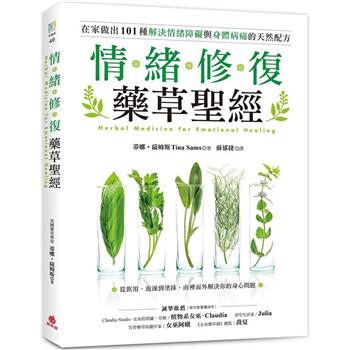Foreword by Chris Sturgis
Shifting to a competency-based curriculum allows educators to revolutionize education by replacing traditional, ineffective systems with a personalized, learner-centered approach. Throughout the resource, the authors explore how the components of PLCs promote the principles of competency-based education and share real-world examples from practitioners who have made the transition to learner-centered teaching. Each chapter ends with reflection questions readers can answer to apply their own learning progression.
By reading this book, K-12 administrators, school leaders, and teacher leaders will:•
- Evaluate the qualities of true competency-based schools and the flaws in traditional schooling. •
- Consider the foundational role that PLCs have in establishing the competency-based approach and promoting learning for all. •
- Gain tips for successfully implementing student-centered practices for learning competencies and performance assessment and grading. •
- Explore real school experiences that highlight the processes and challenges involved in moving from traditional to competency-based school structures •
- Access reproducible school-design rubrics appropriate for the five design principles of competency-based learning.
Contents:
Introduction
Chapter 1: Understanding the Components of an Effective C
Access 100+ effective, practical, and fun vocabulary exercises that take 20 minutes or less. Designed specifically for middle school and high school teachers of grades 6-12, each minilesson can be easily modified to fit your curriculum and your students’ needs. Rely on this resource to help refine your instruction and strengthen students’ vocabulary, their interest in reading, and their likelihood of success in the 21st century.
Learn how to increase vocabulary for high school and middle school students:
- Explore more than 100 short, memorable minilessons for teaching vocabulary that can be adapted to fit diverse curricula.
- Obtain suggestions for scaffolding and accelerating each short vocabulary activity to meet students’ individual needs.
- Target vocabulary words with the most crucial root words, prefixes, and suffixes in the English language to best employ instructional time.
- Find helpful resources on how to teach vocabulary, such as websites and applications.
- Gain research-based vocabulary learning strategies used in the minilessons.
Contents:
Introduction
Chapter 1: Minilesson Management
Chapter 2: Supportive Strategies and Technology Tools
Chapter 3: Robust Roots
Chapter 4: Powerful Prefixes
Chapter 5: Super Suffixes
Chapter 6: Testing Terms
Chapter 7: Varied Voice
Appendix: Index of All Vocabulary Words Appearing in the Book
References and Resources
Index
Chapter 2: Building the Foundation of a Competency-Based Learning System Through PLCs
Chapter 3: Developing Competencies and Progressions to Guide Learning
Chapter 4: Changing to Competency-Friendly Grading Practices
Chapter 5: Creating and Implementing Competency-Friendly Performance Assessments
Chapter 6: Responding When Students Need Intervention and Extension
Chapter 7: Sustaining the Change Process
References and Resources
Index
![Vocabulary in a Snap: 100] Lessons for Secondary Instruction (Teaching Vocabulary to Middle and High School Students with Quick and Easy Voc](https://www.books.com.tw/img/F01/415/32/F014153271.jpg)











